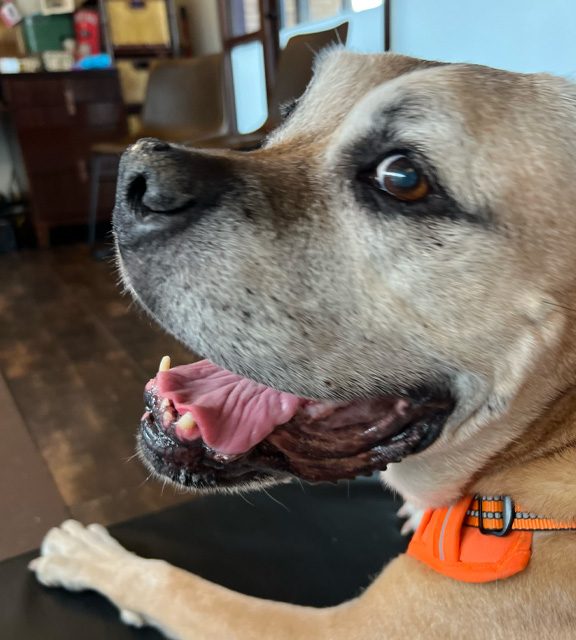
Cool Down to Heal
Several methods can be used to apply cold therapy to the affected area, such as ice packs or cool gel packs, ice massage, cool compression units, and ice baths. By employing these techniques to cool the affected area, patients can experience a range of benefits that can improve their overall healing process, making cryotherapy a highly effective therapeutic option for individuals recovering from injuries, surgery, or exercise-induced muscle soreness.

Cryotherapy
Cryotherapy is a therapeutic technique that involves the application of cold to promote healing. It is especially useful during the rehabilitation phase immediately after an injury or surgery, as well as after an exercise session to alleviate muscle soreness. Some of the benefits of cryotherapy include reducing blood flow, edema, and inflammation at the site of injury, decreasing cell metabolism and the release of inflammatory mediators, alleviating muscle spasms, inhibiting enzymes that degrade cartilage and healthy tissue, and reducing pain by slowing nerve signal transmission and raising the threshold for nerve stimulation.


Warm Up to Heal
Several methods can be used to apply heat to the tissue. Examples of these include hot packs, hydrotherapy, such as an underwater treadmill, and warm compresses. By using these methods to apply heat to the affected area, patients can experience a range of benefits that can improve their overall healing process, making it an excellent option for those with chronic injuries or conditions.

Thermotherapy
Thermotherapy involves the use of heat to promote healing in patients. Once the acute inflammatory period has passed, typically around 72 hours after injury, heat can become a critical part of the recovery process. This therapy is particularly helpful for those with chronic injuries like arthritis. There are numerous benefits to thermotherapy, such as increasing cell metabolism to support healing, promoting blood flow to deliver essential oxygen and nutrients to the tissue, aiding in the resorption of old inflammatory debris, reducing the force required to stretch tissues, and decreasing pain by sedating sensory nerve endings.





